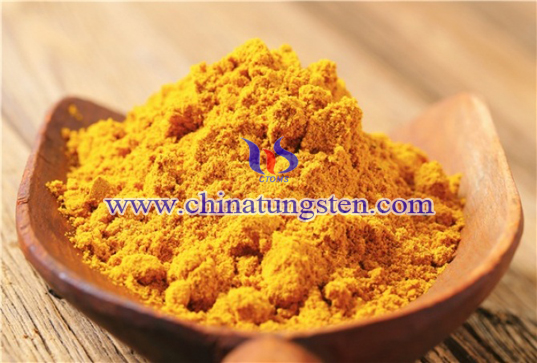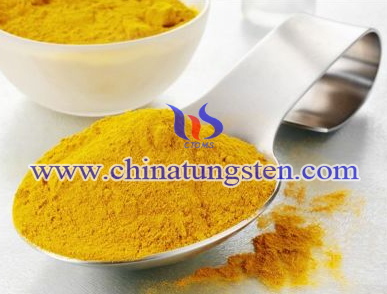Tungsten Oxide Activation Problem
- Details
- Category: Tungsten Information
- Published on Tuesday, 13 March 2018 08:35
With the development of sensor technology, the research direction of semiconductor gas sensors is developing toward normal temperature, integration, and low power consumption. Tungsten oxide has attracted the attention of researchers because of its high sensitivity. Researchers have achieved room temperature detection by changing the activation mode. However, tungsten oxide room temperature sensors still have the disadvantages of low sensitivity, slow response recovery, and poor selectivity and stability. These defects are also the challenges faced by the practical use of room temperature tungsten oxide gas sensors.
At present, among the various activated tungsten oxides, organic-activated gas-sensing materials have high sensitivity, but the reaction speed and other indicators still need to be improved. In addition, room temperature tungsten oxide materials also face difficulties such as high preparation cost and poor repeatability. It is necessary to solve such problems by developing new materials and improving the preparation process.

In the synthesis of tungsten oxide heterostructure, the development of new nanostructures, organic / inorganic activation, increase the concentration of oxygen vacancies to reduce the bandgap width of the material, etc., the domestic has carried out fruitful work. However, there is still much work to be done in these four areas. For example, the development of more effective p-n junctions, higher specific surface area grade porous nanostructures, more effective sensitized materials, and simpler and more practical oxygen defect material preparation methods. To obtain a better response recovery speed and improve stability and sensitivity. This will not only be a tungsten oxide room temperature gas sensor, but also a trend for future development of other types of room temperature gas sensors.

- Tungsten Oxide Manufacturer & Supplier, Chinatungsten Online: www.tungsten-oxide.com
- Tungsten News & Prices of China Tungsten Industry Association: www.ctia.com.cn
- Molybdenum News & Price: news.molybdenum.com.cn
- Tel.: 86 592 5129696; Fax: 86 592 5129797; Email: sales@chinatungsten.com



 sales@chinatungsten.com
sales@chinatungsten.com